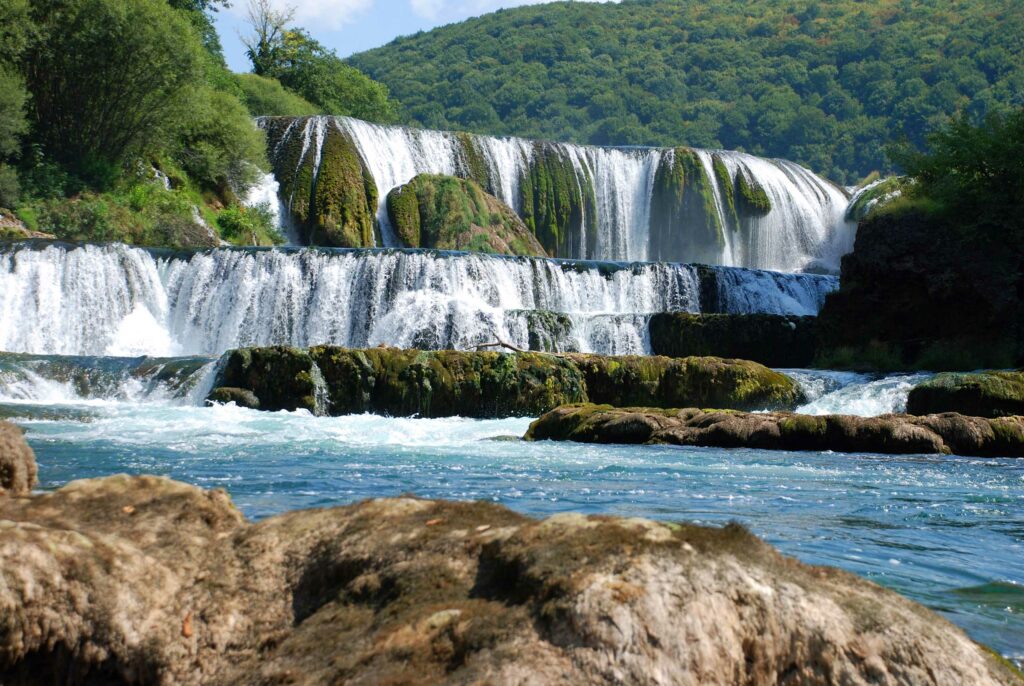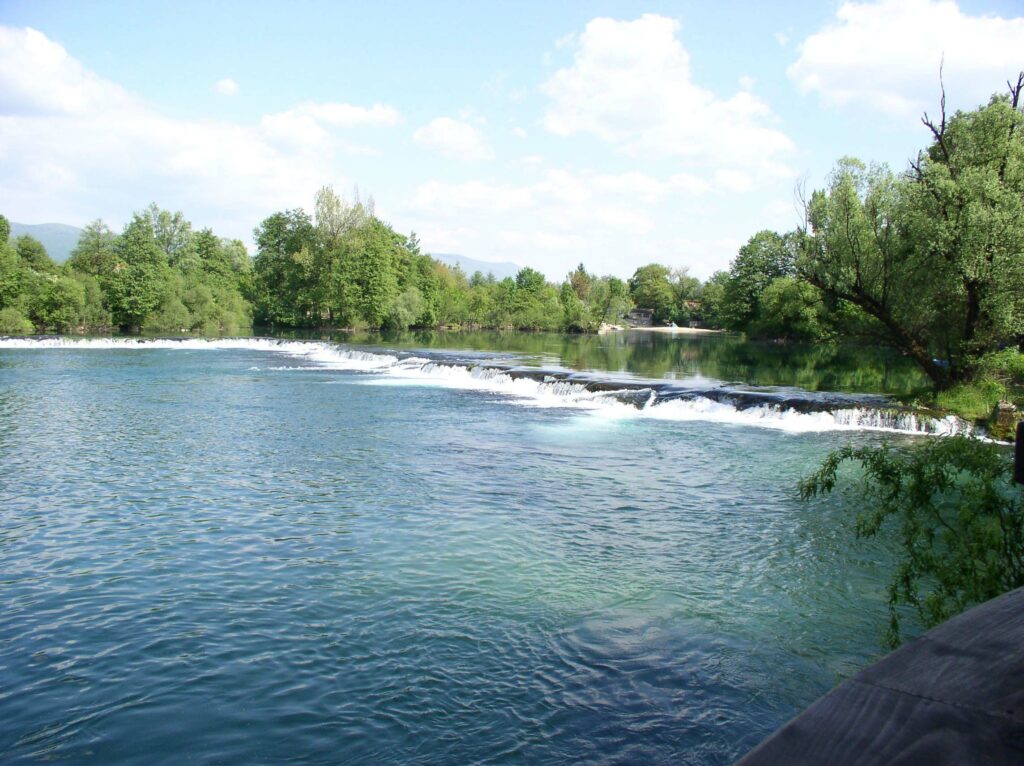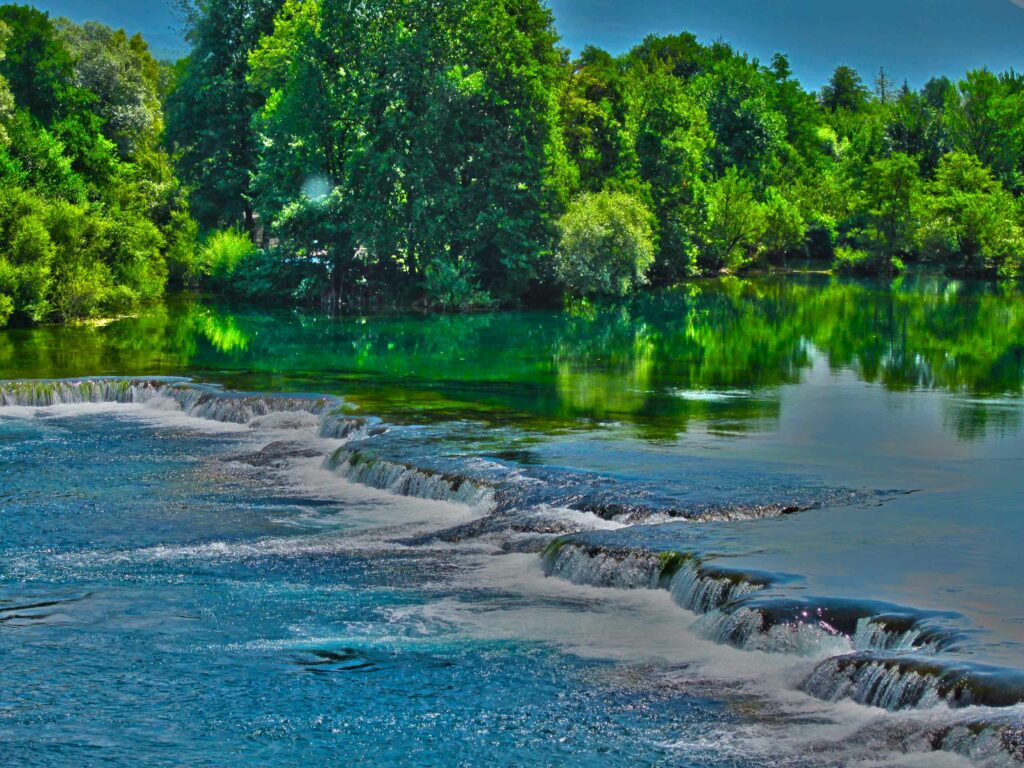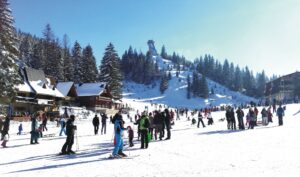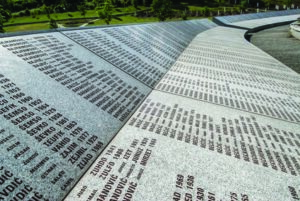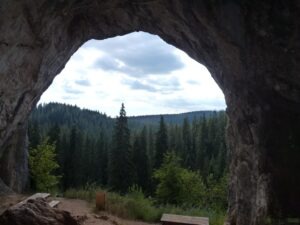Bihać municipality occupies an area of 900 km2 with around 70,000 citizens people. Since ancient times, the geographic position and favorable climate conditions have been suitable for settling in this region. Although the research based upon excavations and numerous remains has only been done recently, it revealed the presence of humans in the Older Stone Age, Late Bronze Age, Late and Early Iron Age. Presence of the Japodes tribe in this area has certainly been proved. The Japodes culture marked Bihać by its extraordinary values and ancient inheritance. It began with building solutions for houses on stilts, jewelry made of bronze, iron, silver and the “Japodes horseman”. The archeological findings from many places like Bihać, Golubić, Pritoka and Ripač indicate the specific characteristics of the Illyrian culture in the Japodes area.
The Una River has defined Bihać, the city and municipality for centuries. The waterfalls in Štrbački buk and Martinbrod are widely known. A valley near the Una headwaters, and the upper Una River valley are a national park since 2008. Every summer Bihać hosts the Una Regatta coupled with many cultural events.

